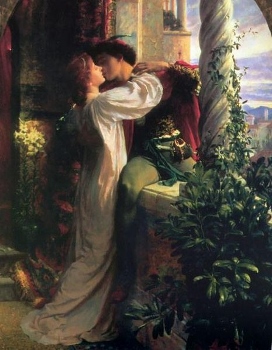Well, I had another post all ready to go, with a few nice pics, but Blogger didn’t want to cooperate with me. So, that will have to wait for when I have a bit more patience! In the meantime, I have a few thoughts related to Prinnyworld, and Elena’s and Janet’s excellent posts.
In the last year or so, I’ve read a few books that dealt with an “alternative” Regency world. The backdrops of the stories, and integral parts of their plots, were well-grounded in the culture and history of the Regency period–with a few notable exceptions. One of them was Susannah Clark’s Jonathan Strange and Mr. Norell, a huge tome of nearly 800 pages, but they all fly by. The year is 1808, and Regency England is full of magic–theoretical and practical, fairies and other creatures, statues in churches that suddenly shout out, all sorts of things. It comes across sort of like a “comedy of manners,” complete with footnotes and eccentric “period” spelling. There is rich mythology woven into real history (such as a blockade of French ports by an English fleet conured up out of rainwater).
Another was Madeleine Robins’ “Sarah Tolerance” mysteries (two that I know of so far–Petty Treason and Point of Honour). These are terrific glimpses into the gritty underworld of Regency London, seen from the viewpoint of a Fallen Woman turned Agent of Inquiry. A sort of Regency noir. They take a few liberties with history–for instance, Queen Charlotte is the Regent. But they are well and imaginatively done.
Another is Naomi Novik’s His Majesty’s Dragon, which I only recently (in the last two weeks!) picked up, thanks to all the recs online. What a fun book! It’s the first in her “Temeraire” series (T. being the dragon). Patrick O’Brian meets–I dunno, some fantasy author who writes a lot about dragons. 🙂 Dragons, of various breeds and varieties, are used in aerial combat against France (flown by the Aerial Corps, natch, a fascinating sub-caste in Regency society). There are detailed battle scenes and a great deal about both naval and aerial life. Sometimes the dragons seem more well-rounded than the rather stiff humans, but it’s a great read.
This doesn’t even count the numerous Regency-set romances that involve some sort of paranormal aspect. Would those count as an “alternate reality”? I think the whole idea is fascinating, probably because I could never really be creative enough to create my own version of history and have it work as well as these examples. What about you? Do you like books of this sort, or do you prefer your history “straight up”? What are some favorite examples of the genre?





